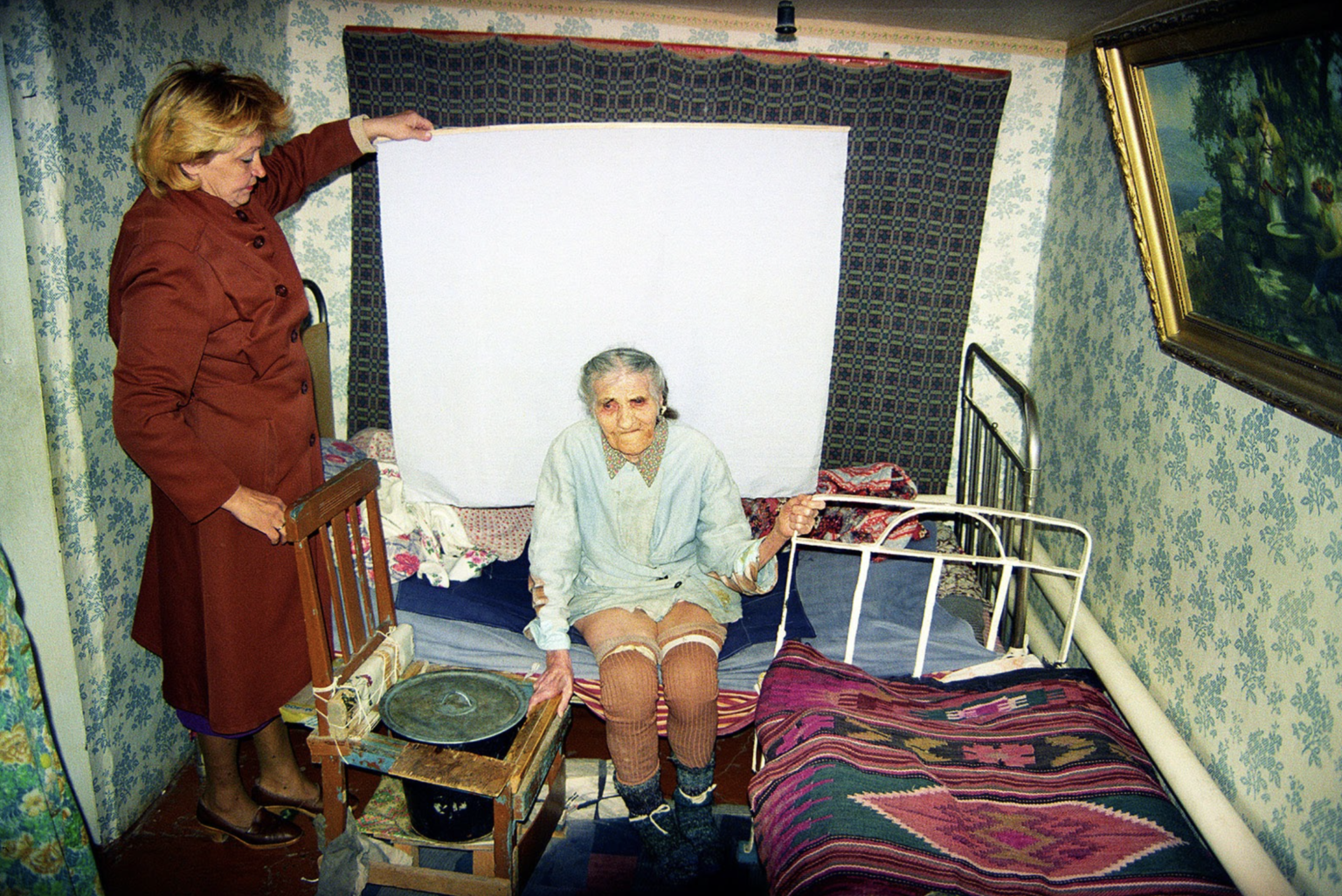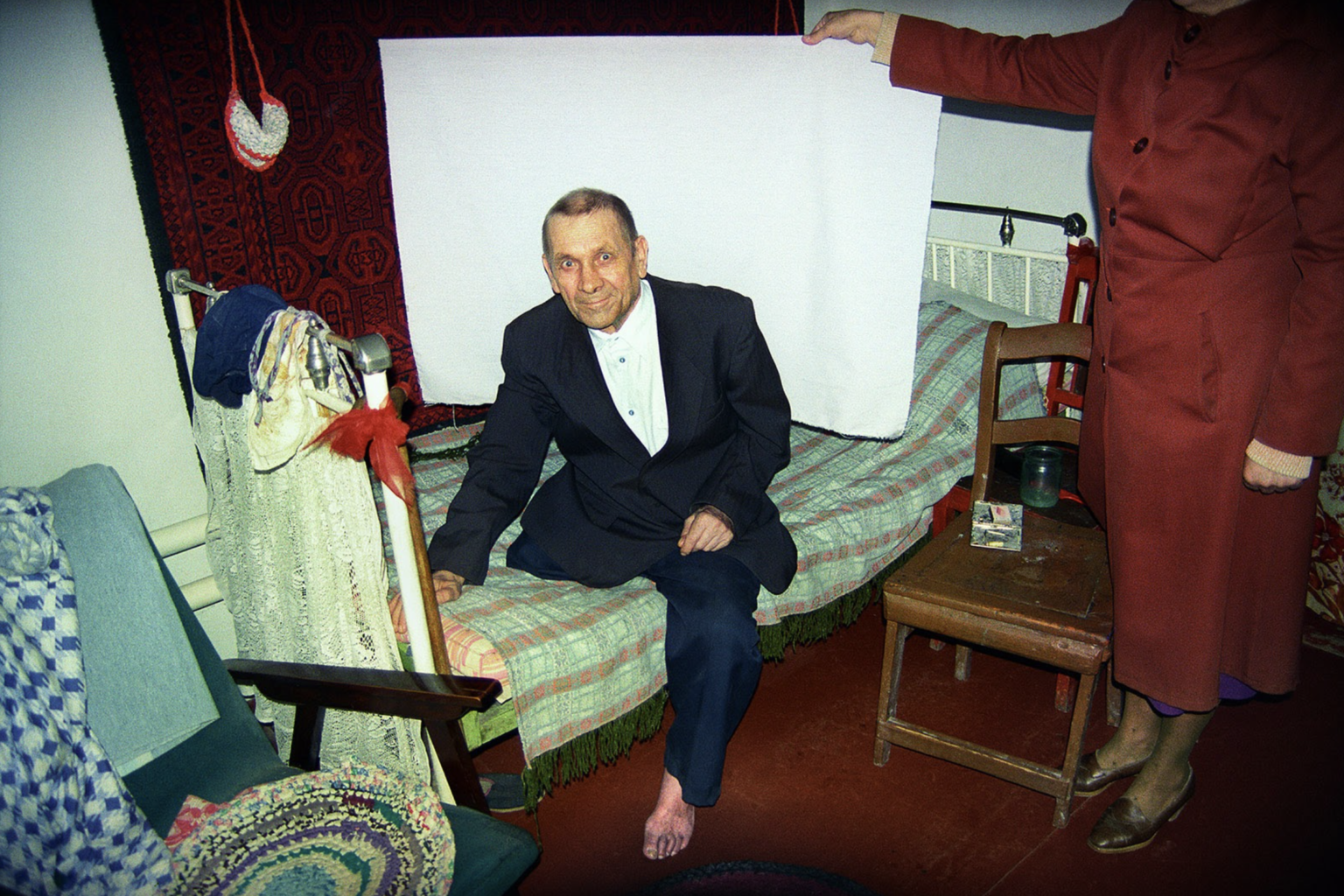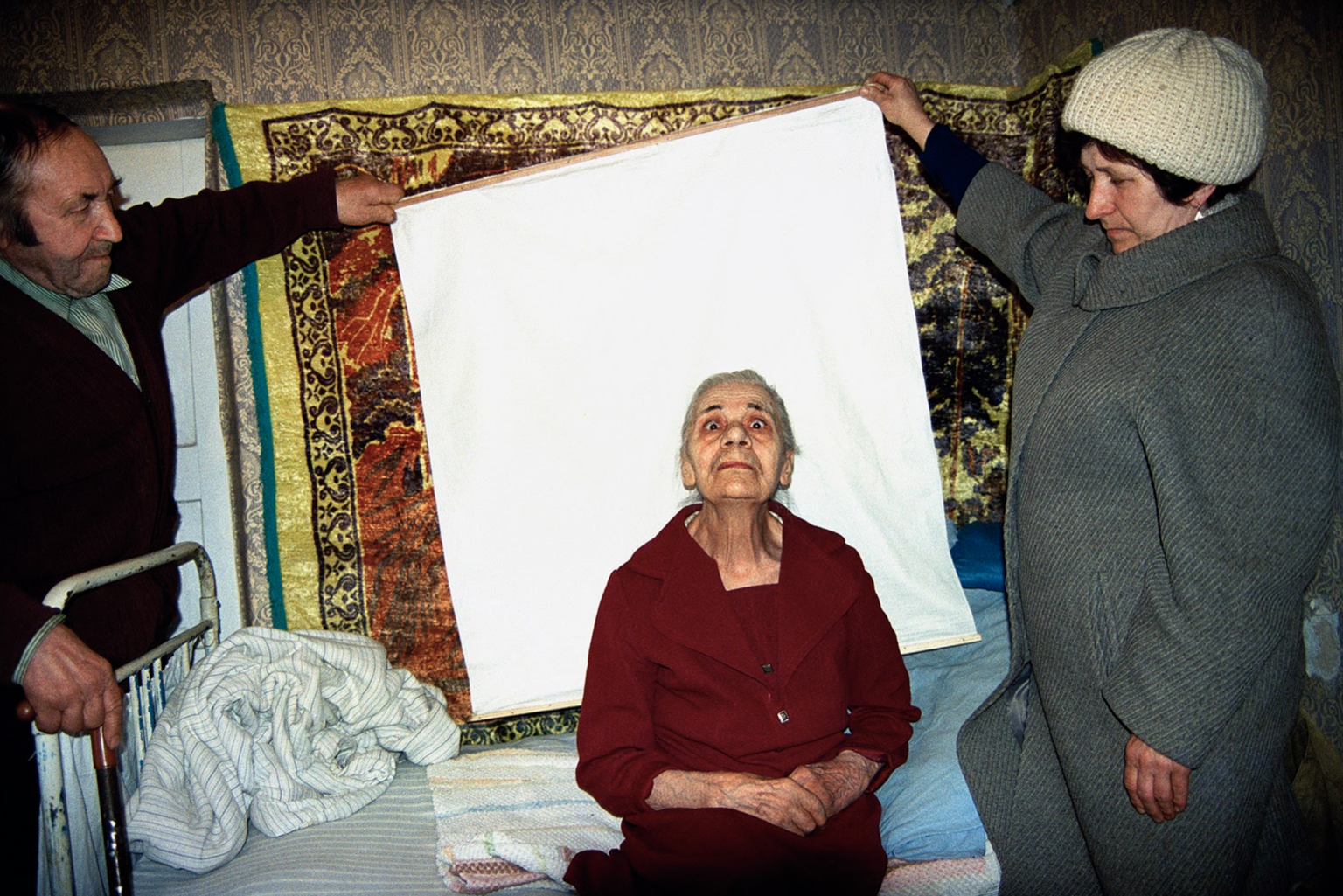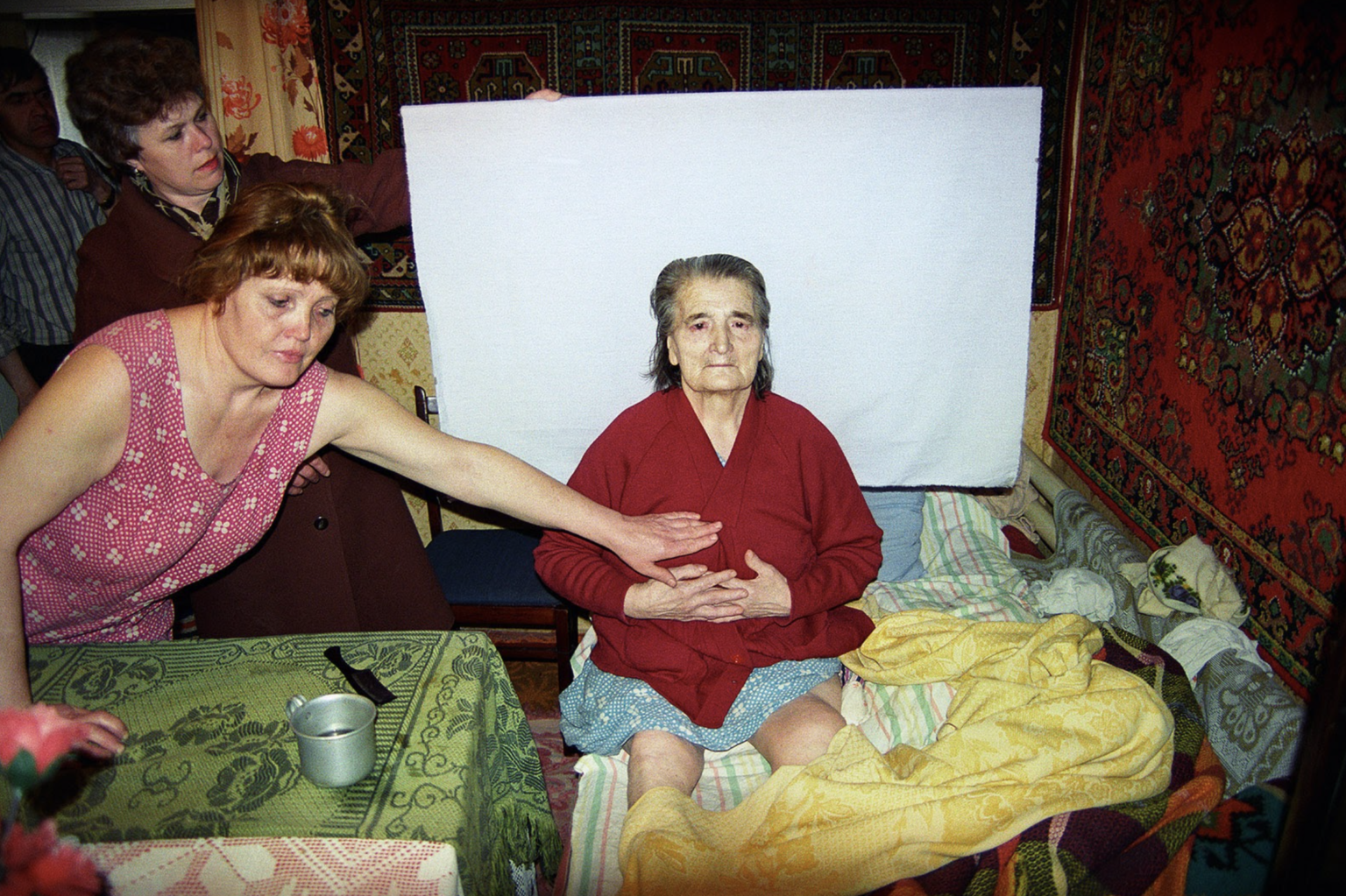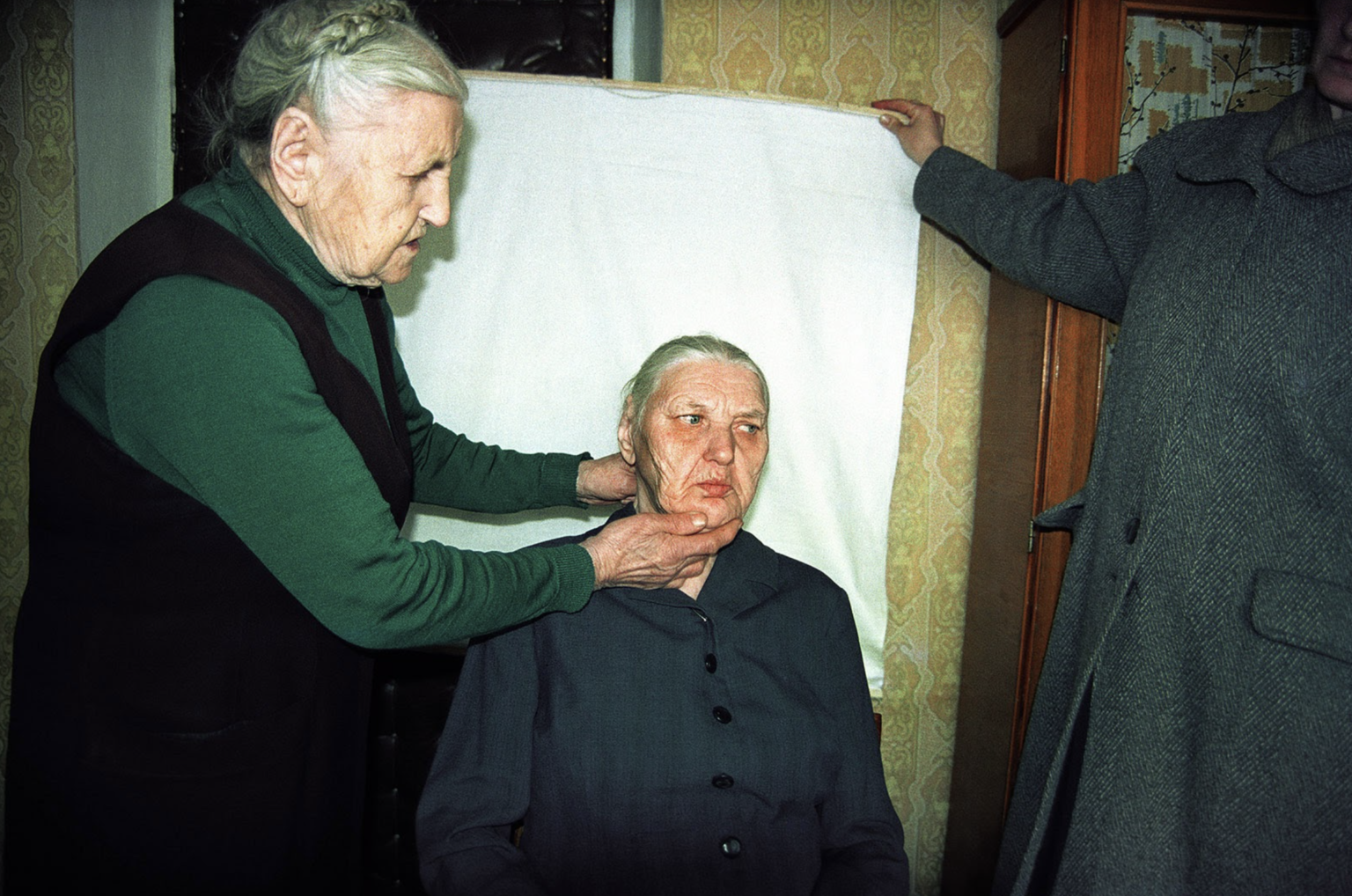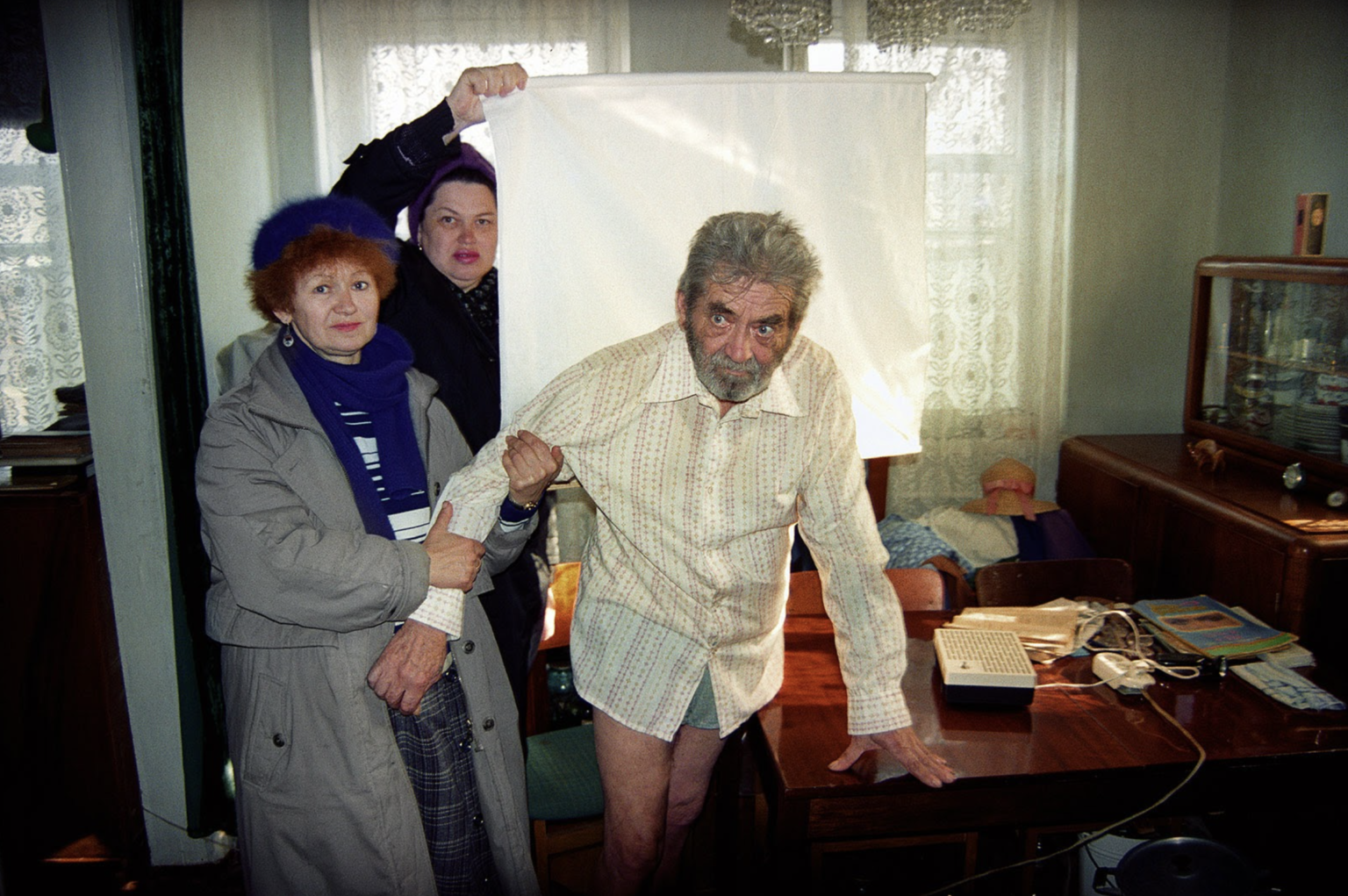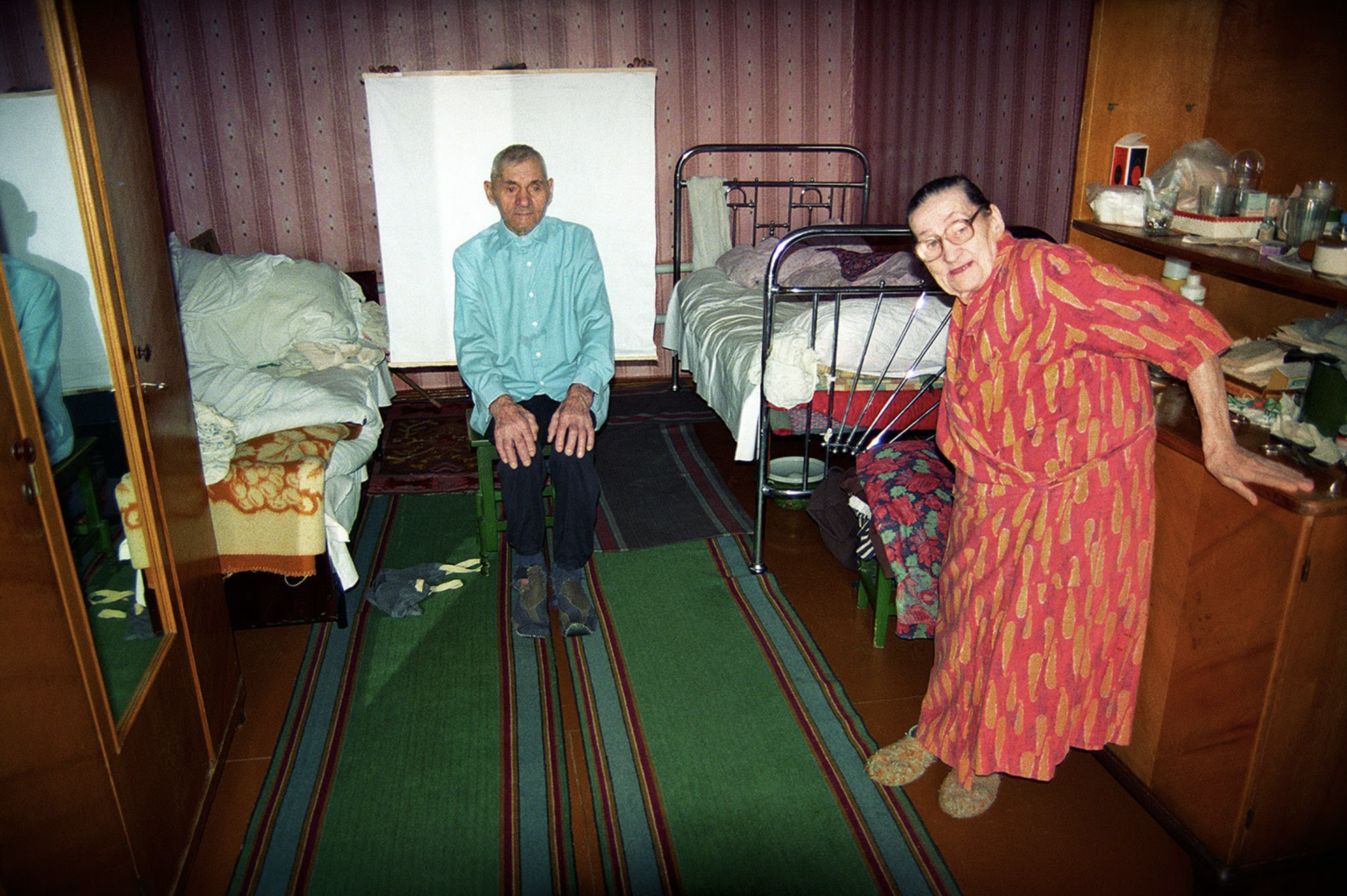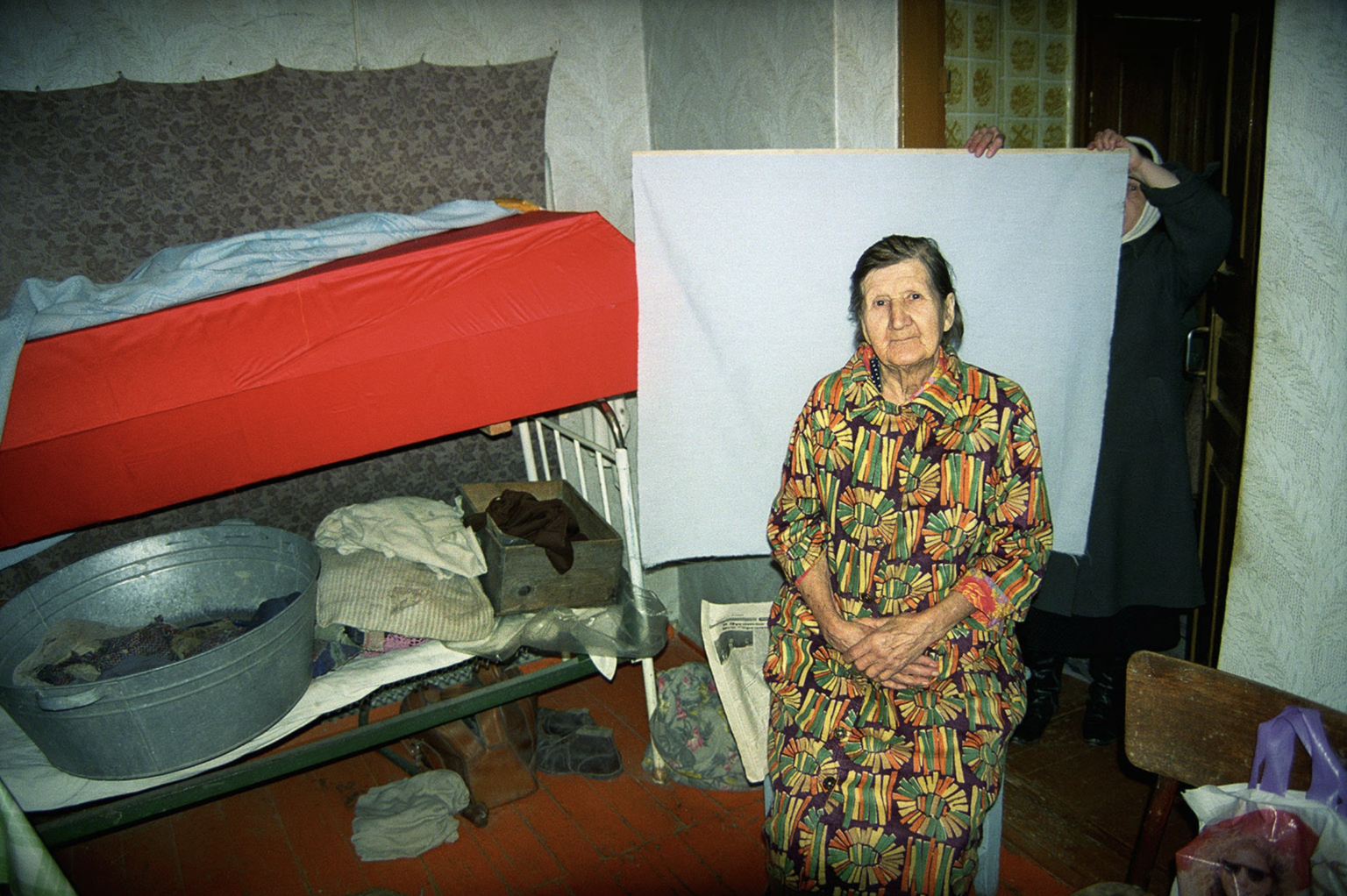In 1921, after overthrowing the centuries-old Romanov monarchy, Russia emerged from a civil war as the newly formed Soviet Union. The Soviet Union was a federal socialist state that existed from 1921 to 1991. From its creation, the government stated that the purpose was to prevent the return of capitalist exploitation, and that the principles of democratic centralism would be the most effective in representing the people's will in a practical manner.
Throughout the Soviet Union, people were put through hardship. They would give their blood and sweat to the state with the promise that communist utopia would eventually pay off. Propaganda was central to belief and from unique perspectives, propaganda made communism look successful.
In 1994, a few years on from the collapse of the Soviet Union, Ukraine found itself with many newly independent states and with all the new independent states, this meant issuing new passports to all 50 million of its citizens.
Alexander Chekmenev was a local photographer, living and working within the city in a local photo studio. It was here when he was asked by an official if he’d like to take the role of official passport photographer. It would be his job to go round and take photographs for the elderly and disabled that couldn’t leave their houses in order to do this themselves.
Over the next year, Alexander would travel around rural Luhansk, visiting dated cabins that were erected hastily in the late 19th century and never further maintained. His work would involve going into people’s houses, setting up his portable backdrop and taking their portrait.
Many of these people had been born pre 1921, meaning that they’d spent their whole life as a citizen of the Soviet Union. Growing up during the 80’s and 90’s and being fully aware of how the Soviet Union had failed his country, Chekmenev wanted to capture more than the black and white passport photographs that he’d been assigned to create. He described the photos as being like a small frame of soviet television, which showed how propaganda was a time of happy living. Instead he wanted to show a true reality of that time – without retouching and censorship.
